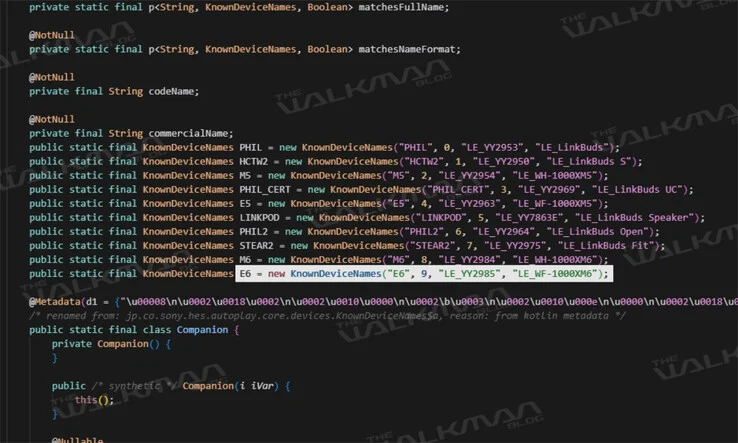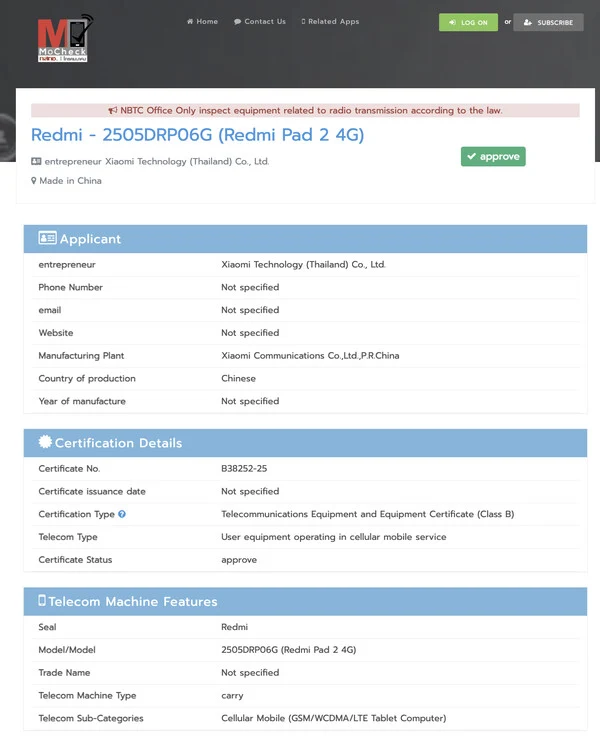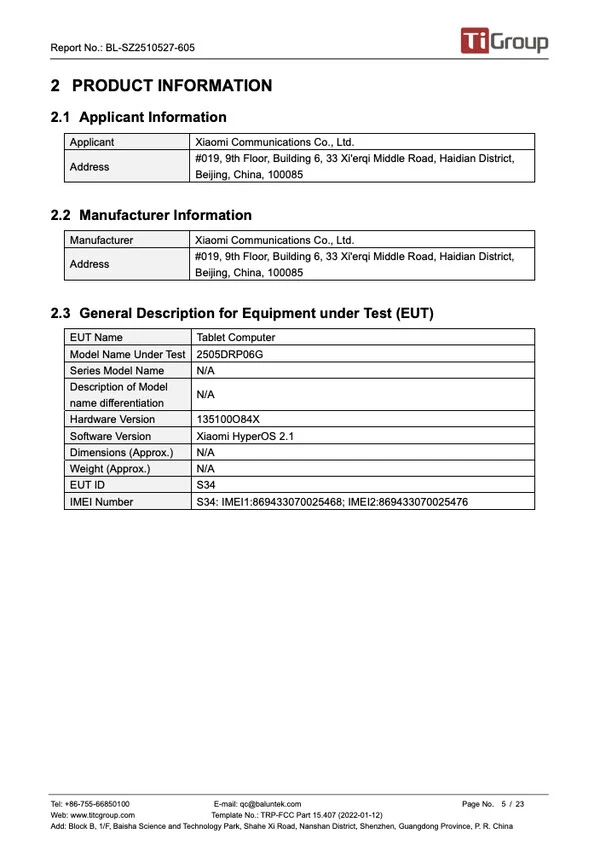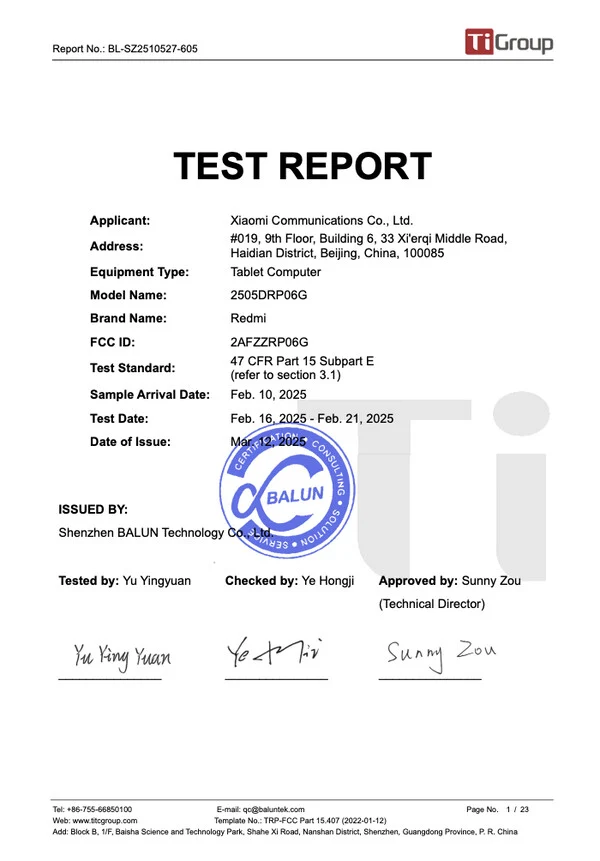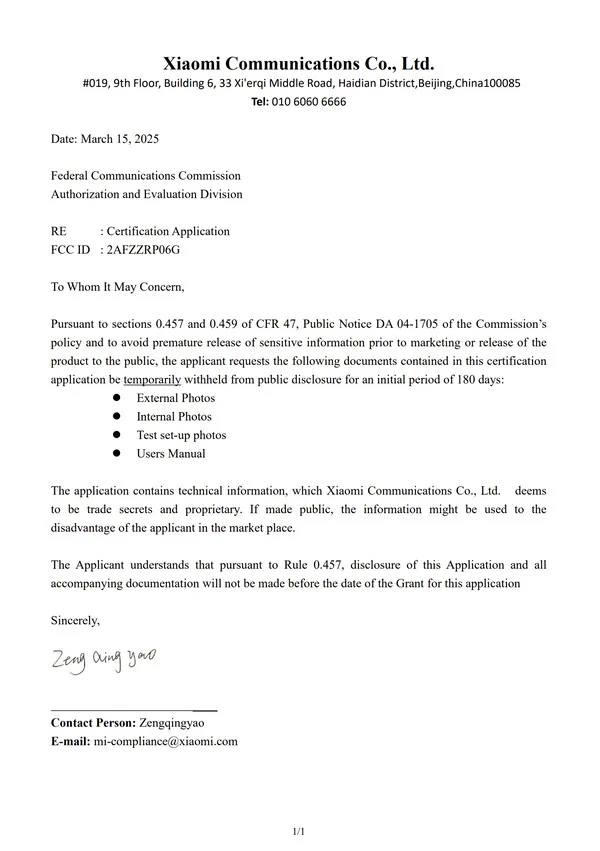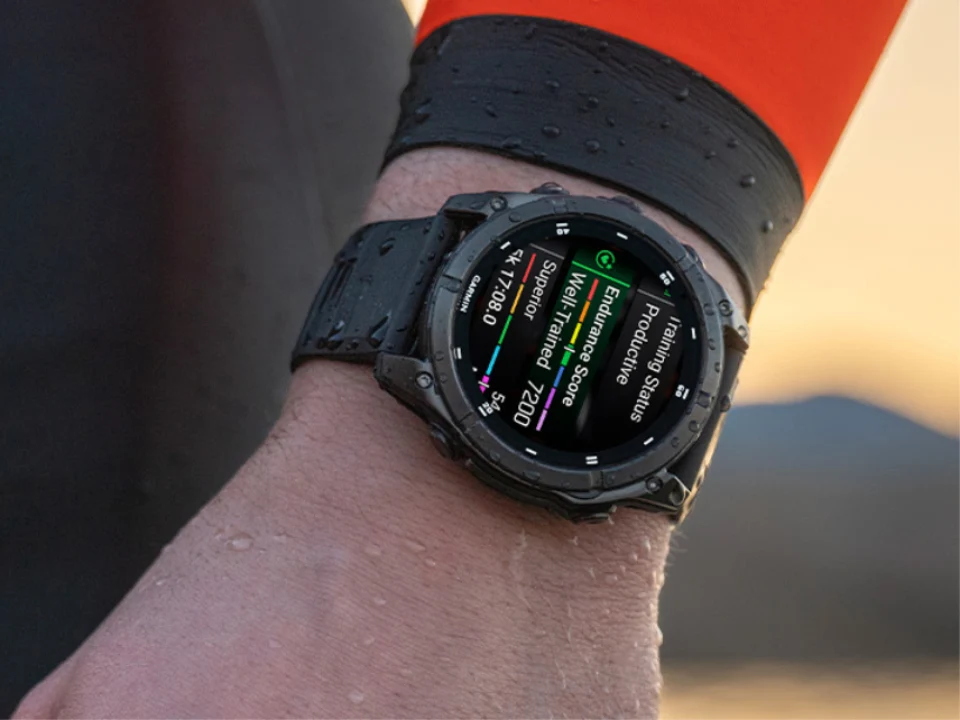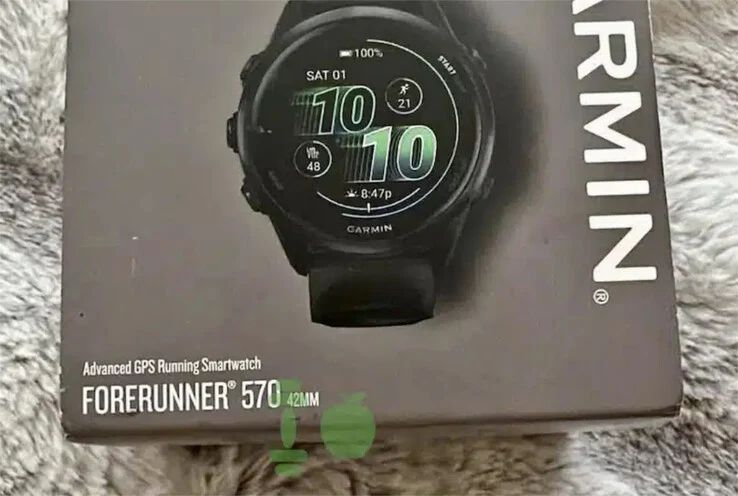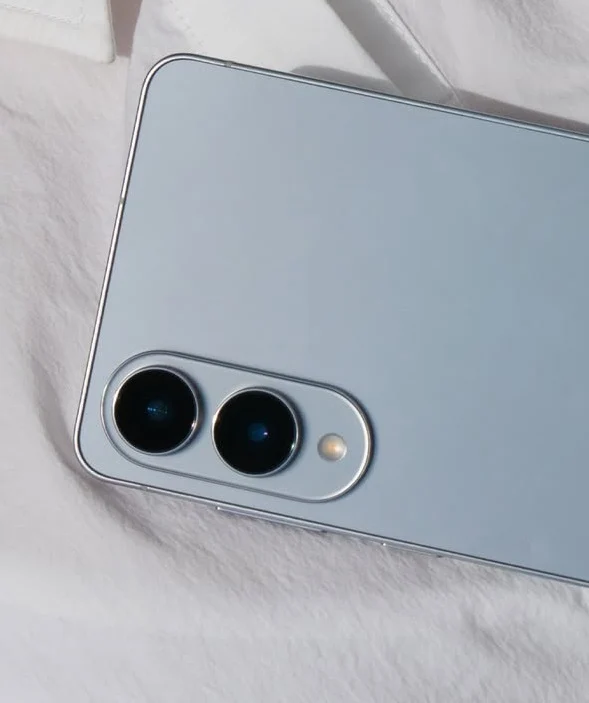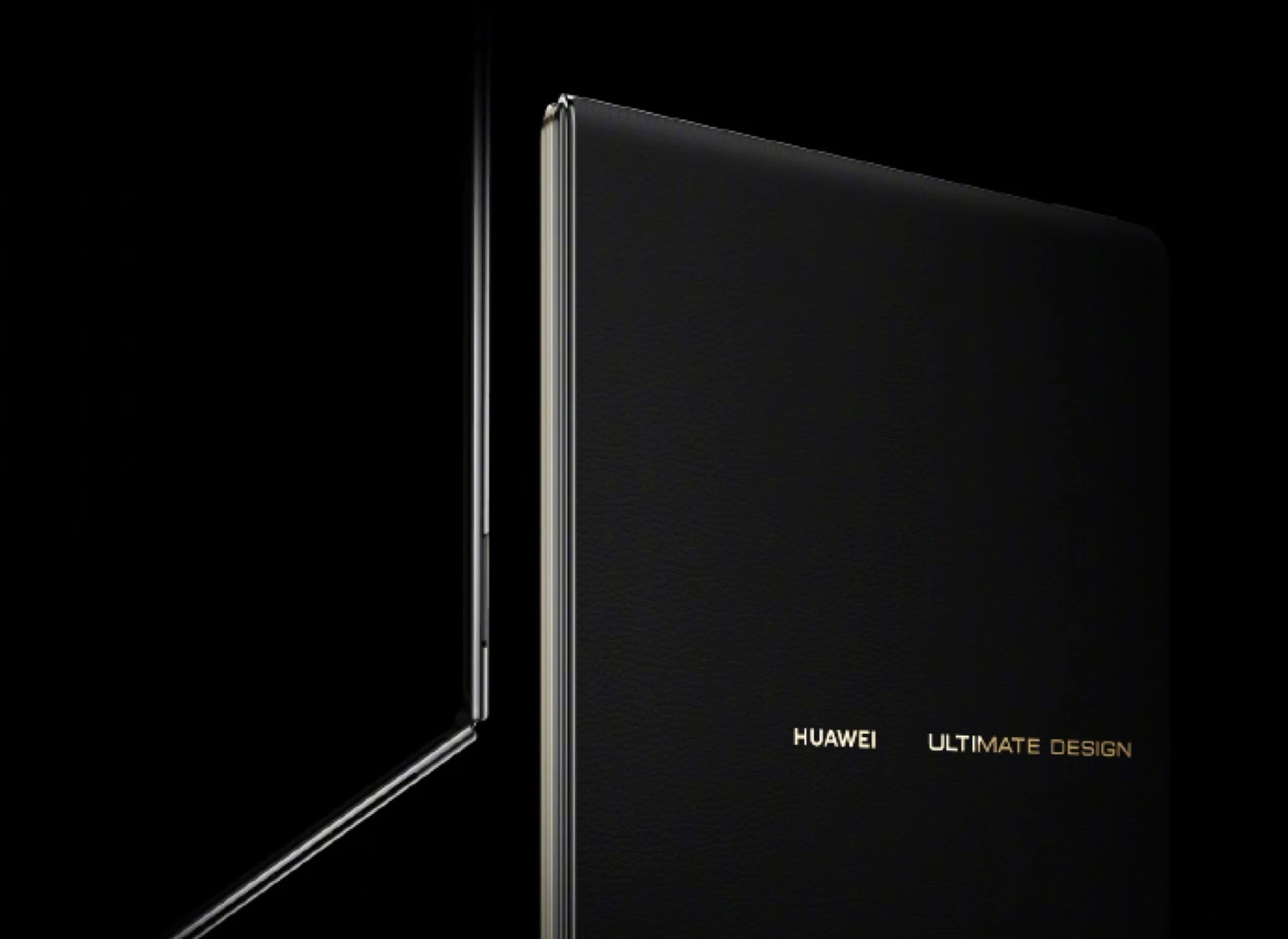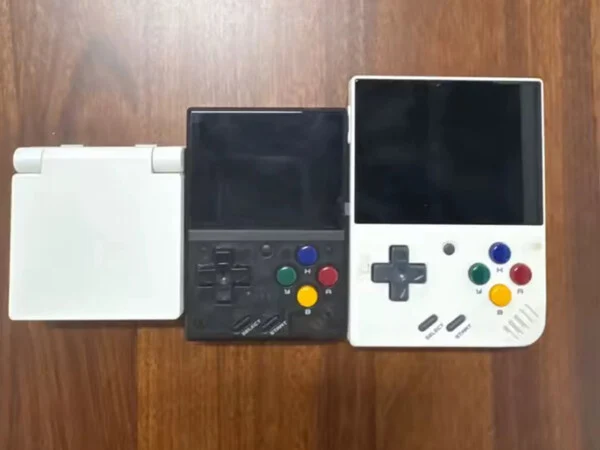Key Takeaways
1. Affordable Fitness Tracking: The Rollme R11 is a budget-friendly smart ring priced at $139.99, targeting users looking for compact fitness tracking.
2. Comprehensive Health Monitoring: It features ECG capabilities, heart rate monitoring, SpO₂ tracking, skin temperature measurement, and sleep analysis.
3. Durable and Water-Resistant Design: Weighing only 3.5 grams, the R11 is made from a medical-grade alloy, has a sleek finish, and is rated 5ATM for water resistance.
4. Decent Battery Life: The ring can last 4 to 6 days on a single charge, with a standby time of up to 30 days, and charges via a magnetic base.
5. No Subscription Fees: Unlike some competitors, the R11 does not require ongoing payments for access to its app features, making it a cost-effective choice.
Rollme has launched the R11, a fresh smart ring aimed at users who want a compact fitness tracker that doesn’t break the bank. This new model follows the company’s earlier versions like the R5 and R2, and it comes packed with features such as ECG (electrocardiogram) capabilities, ongoing heart rate monitoring, and comprehensive sleep analysis over multiple days.
Specifications and Build Quality
The R11 is quite light, weighing in at just 3.5 grams. Rollme states that it’s made from a medical-grade alloy with a sleek black vacuum-plated finish. The exterior is designed to withstand scratches and minor damage, and the ring boasts a 5ATM water resistance rating. This means it should hold up well against basic water exposure, making it suitable even for swimming.
Tracking Features
As for the tracking capabilities, the R11 can record ECG, monitor SpO₂ (blood oxygen), track skin temperature, heart rate, and offer estimated blood pressure readings. It also includes features for daily step counting and calorie tracking, along with a few activity modes, though the variety and detail of these modes seem a bit limited at launch.
Sleep tracking is thorough, providing insights into both the duration and quality of sleep, along with tracking sleep stages overnight. However, the company hasn’t provided information on whether the R11 can monitor HRV (heart rate variability), respiratory rate, or other advanced recovery metrics.
Battery Life and Connectivity
The ring is powered by a compact battery that, as per Rollme, can last from 4 to 6 days based on usage, with a standby time of up to 30 days. Charging is done through a magnetic base, and a portable charging case is included. The R11 connects via Bluetooth 5.3 to sync data with the Rollme mobile app, which is available for Android (6.0+) and iOS (11+).
The R11 is offered in four sizes: US 8, 9, 10, and 11, and currently, there’s only one color option available (black). Unlike some premium brands that charge subscription fees for data access, it looks like the R11 doesn’t require any ongoing payments for its app features.
Pricing and Market Position
At its launch, the Rollme R11 is priced at $139.99 and can be purchased through the company’s official website. It enters the growing market of smart rings under the $150 price point, and with its ECG feature, it has a slight advantage over many other models in the same range. However, the company has not disclosed whether the ECG data is clinically validated, and the accuracy in real-world scenarios is still to be tested.
Source:
Link




